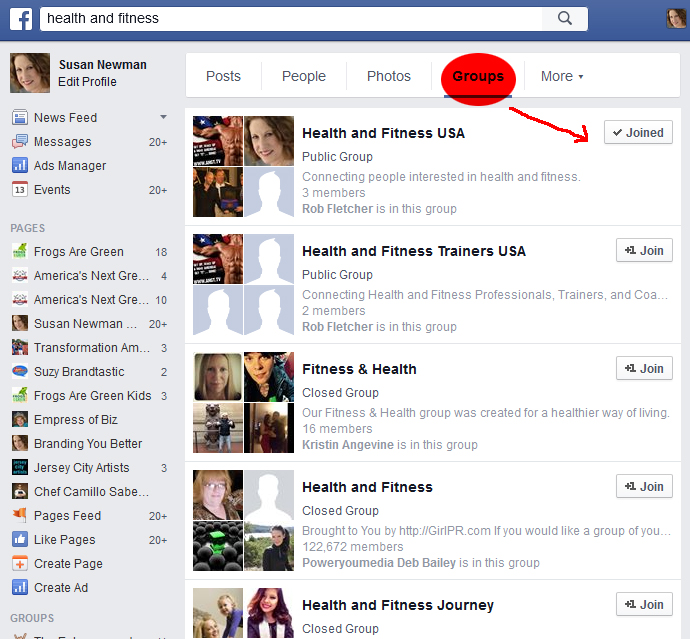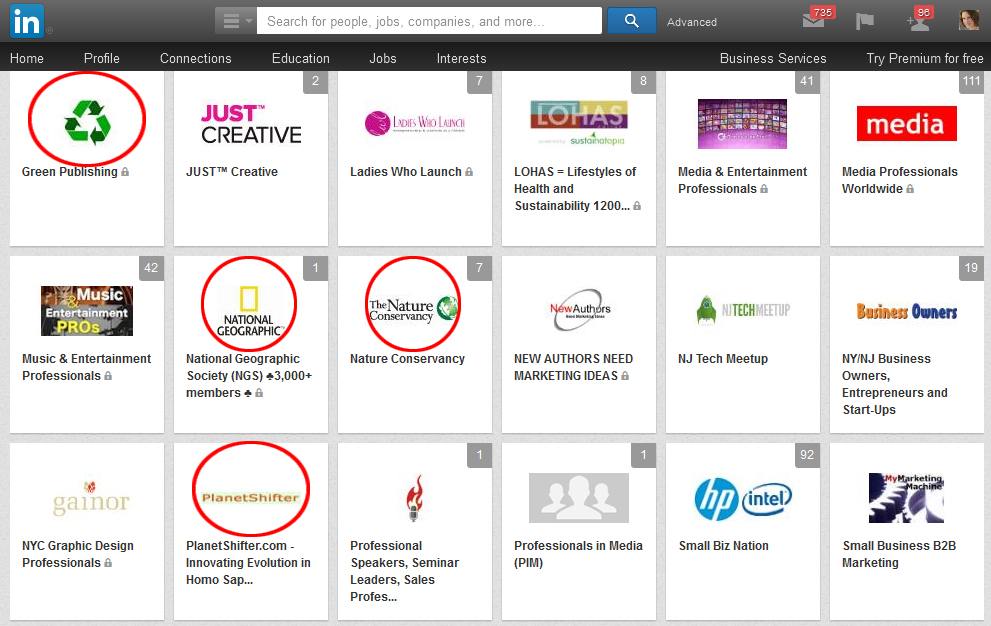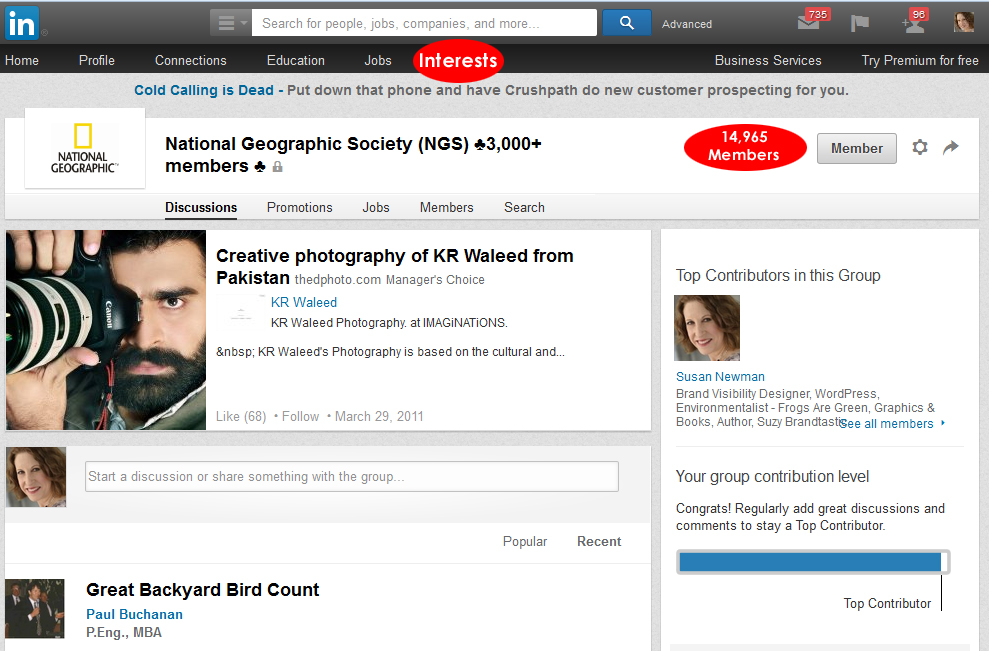Struggling to Find Your Target Audience? No Longer.
You’ve put your program online but your traffic and sales are minimal. You’ve got the right SEO title and description, done your tags, and you’re sharing the information across your social networks, but you just aren’t rising above the continuous chatter.
What to do is not about shouting louder than anyone. And you shouldn’t be thinking if they can do it, why can’t I?
The answer is in figuring out exactly where your target audience is located. Understand that your target audience is NOT those that “like,” but those that engage, advocate by sharing, and WILL buy what you’re selling.
Case Study – Health Industry:
A client is in the health industry and is selling classes online. Registration has been slow. He does a good job of posting on Facebook and Twitter about what he’s doing, but he’s sharing this information with those that are only somewhat interested. They just “like” the posts. Most are NOT commenting or sharing, and not clicking through. Let’s look at that.
It’s understood: He is not talking to his target people. One action to take: Find the groups on social sites that draw them and start and/or join the conversations they are following.
Working together, we’ve found that LinkedIn already has some pretty terrific health-related groups, and he’s now joined them. On Facebook, there weren’t very basic groups for “health and fitness” so we created two new ones. Those are open groups and we’ve added three very specific keywords to help draw interested people who are looking to engage. Posting, and especially commenting, on what these like-minded people are sharing will add to the client’s following, boost website traffic, and lead to increased sales.
Another action to take: Determine who you can collaborate with in your event’s general location. For example, if you are teaching a class in a gym in New York, wouldn’t you post a flyer or poster or leave postcards at that gym so the people who go there can discover the class and sign up? Naturally, if the gym is helping by sponsoring you, their logo goes on the materials and they may help promote it as well. It follows that you should contact health food stores in the area, vitamin stores, and other wellness professionals. They too can post your promotion and may even choose to be sponsors.
Results happen when the information goes up, but only in the places that will be effective. Not just anywhere and everywhere!
Case Study: Environmental Organization
Frogs Are Green talks about frogs and amphibians about 95 percent of the time and the rest is about the environment and wildlife. We don’t talk about dogs, cats or horses. The niche is quite specific. Those who are interested or follow do so because they like frogs and enjoy seeing amazing photographs and artworks and learning more about frogs.
Whenever we have important news to share, we post across social media, but especially in the Nature Conservancy, World Wildlife Fund, and National Geographic group areas on LinkedIn and pages on Facebook. These are places where the environmentally conscious are reading and sharing. This doesn’t necessarily generate new press coverage for Frogs Are Green events, but we reach the people the big corporate media would gladly count as audience members.
This week we gained an important new follower on Twitter. It’s an organization that educates environment-focus journalists across the U.S.A. In looking at who they follow we realized we should now follow and introduce Frogs Are Green to these journalists (hundreds of course) and that will definitely reach a specific target to generate more press and awareness!
Having a Goal in Mind is Key to Unlocking Where Target Customers Are!
Build your website with your target customer in mind
These approaches to social media interaction also work well for your website. You simply cannot be all things to all people. You are either talking to the general public about health and fitness or you’re catering to a select group who’s ready to listen. You make your choice: You’re talking frogs or you’re talking cats. And so you always deploy a bit of tunnel vision when building your design, headlines, photos, and blog posts.
On your homepage, limit calls to action by knowing what the goal is. Are you selling classes, want people to join your email newsletter list, or want them to read your posts and share? It’s okay to have a few different choices on your homepage, but be sure the No. 1 goal is the most prominent.




